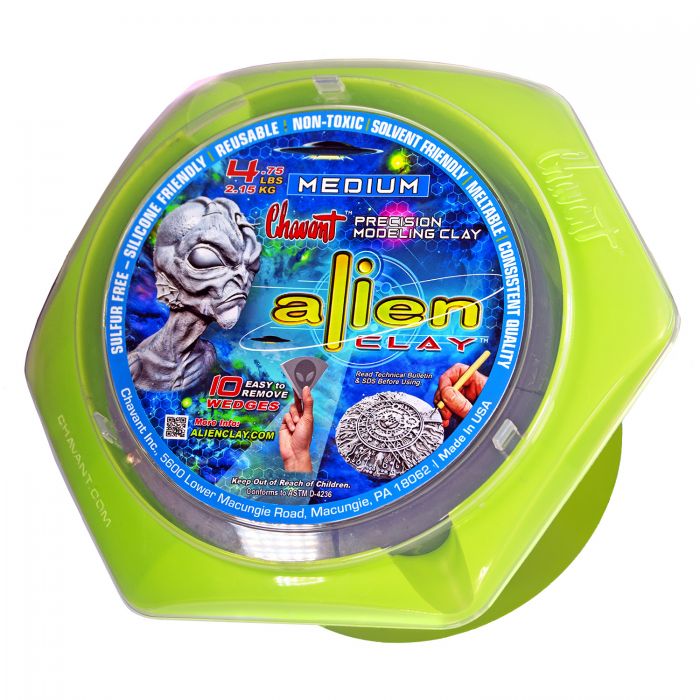This online shop is using cookies to give you the best shopping expierience. Thereby for example the session information or language setting are stored on your computer. Without cookies the range of the online shop's functionality is limited.
If you do not agree, please click here.
x

- Papers
- Cartons
- Coloring Products
- Templates
- Tapes
- Foils
- Modeling Products
- Writing Instruments
- Cutting Instruments
- Adhesives Technology
- Presentation
- Airbrush
- Tech. Literature
-
Misc. Utilities
- Pencil Sharpener
- Erasers
- Misc. Utilities
- Correction Utilities
- Paperholder
- Dust Brushes
- Battery Charger/Batteries
- Stapler
- Paper clips
- Magnet/Magnet Tape
- Perforators
- Wire Comb Elements
- Farb- & Andruckwalzen
- Hook and Loop Fastener
- Glue Sticks
- Push-Pins
- Pin needles
- Compasses
- Drawing ink
- Sticky Notes
- Other Glue
- Organisation
- Misc. Office Supplies
- More
-
Login
 Have you forgotten your password?
Have you forgotten your password?
No problem, here you can set up a new password.
When you click on 'Request Password', you'll be sent an e-mail with instructions how to set up a new password.
If you don't get an e-mail with your access data, please make sure that you have already registered with us. As soon as you are registered, you can login with your e-mail address and your password.
- If you are sure you are already registered, please check the e-mail address you entered as user name.
In case you still have problems logging in, please turn to us by e-mail: shop@mp-artware.de
- Register
- Contact
-
- MP artware
- Marlene Plankenhorn
- Carl-Benz-Straße 4
- 78549 Spaichingen
- Germany
- Phone: +49-7424-9591-0
- Fax: +49-7424-9591-95
- info@mp-artware.de
- www.mp-artware.de









